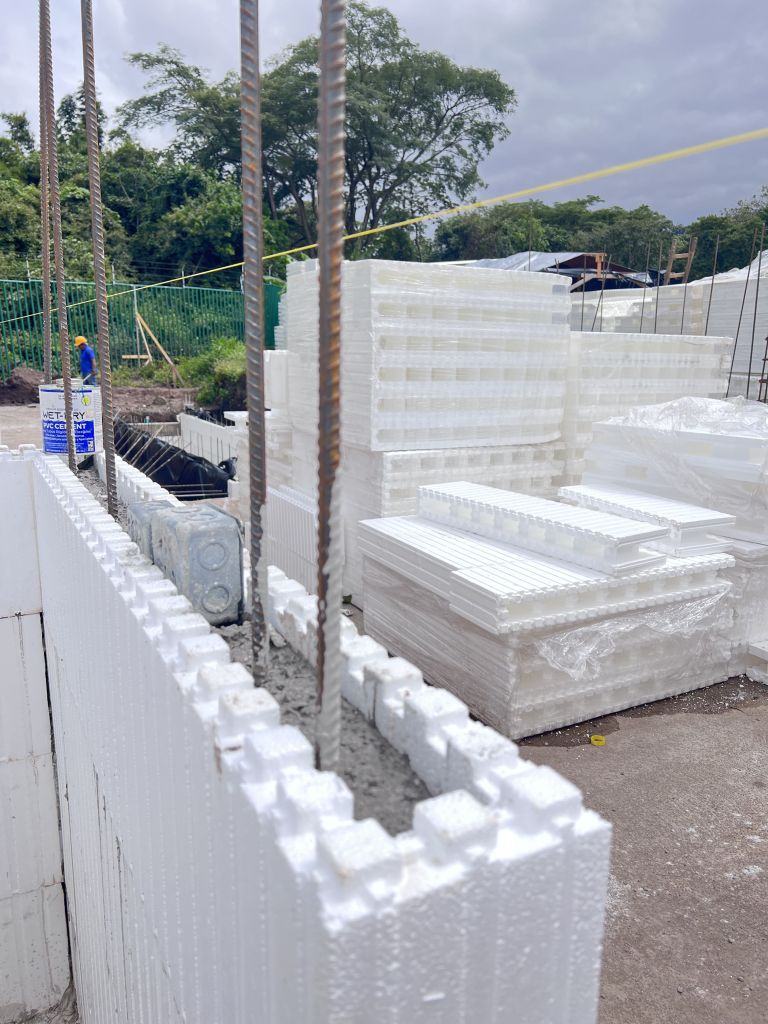
In recent years, construction technology has advanced significantly, leading to the development of new materials and techniques that offer better efficiency, sustainability, and cost-effectiveness. One such innovation that has gained popularity in the construction industry is the use of EPS panels, or expanded polystyrene panels. These panels are revolutionizing the way buildings are designed and constructed, offering numerous benefits over traditional building methods.
What Are EPS Panels?
EPS panels are made from expanded polystyrene, a lightweight yet durable foam material. This material is produced by expanding small beads of polystyrene with heat, which creates a structure of air pockets, making it an excellent insulator. EPS panels are typically used in walls, roofs, and floors to provide structural support while offering thermal and acoustic insulation.
Advantages of EPS Panel Construction
1. Energy Efficiency
One of the primary advantages of using EPS panels in construction is their impressive thermal insulation properties. Due to the air pockets within the material, EPS panels act as an effective barrier against heat transfer. This means that buildings constructed with EPS panels tend to maintain more consistent indoor temperatures, reducing the need for heating and cooling systems. As a result, energy consumption is significantly lower, which is not only cost-effective for building owners but also better for the environment.
2. Lightweight and Easy to Handle
Compared to traditional building materials like concrete and brick, EPS panels are incredibly lightweight. This makes them easier to transport and handle on-site, reducing labor costs and construction time. The lightweight nature of EPS also minimizes the structural load on the building foundation, which can further reduce construction costs.
3. Cost-Effective
Building with EPS panels can be more affordable than conventional methods due to reduced material costs, quicker installation, and energy savings over time. The material itself is inexpensive to produce, and because it requires less labor and fewer resources for installation, the overall construction costs are lowered.
4. Sustainability
EPS panels are a more eco-friendly option in comparison to many traditional building materials. They are made from recyclable materials and are often reusable, reducing waste. Additionally, their superior insulation properties help to lower a building’s carbon footprint by minimizing the energy required for heating and cooling.
5. Durability and Strength
Despite being lightweight, EPS panels are surprisingly strong and durable. When combined with other construction materials, they can create highly resistant structures that can withstand harsh weather conditions, including earthquakes, heavy winds, and extreme temperatures. The material is also resistant to pests and mold, ensuring that the building remains safe and long-lasting.
6. Acoustic Insulation
EPS panels offer excellent soundproofing qualities, making them ideal for buildings located in noisy environments. Their dense, cellular structure helps absorb sound, creating quieter and more comfortable living or working spaces.
Applications of EPS Panels
EPS panels are versatile and can be used in a wide range of construction projects. They are commonly found in residential, commercial, and industrial buildings, especially in energy-efficient homes, schools, offices, and warehouses. Whether used for wall insulation, floor panels, or roofing systems, EPS panels provide excellent performance and value.
Conclusion
As sustainability and efficiency become increasingly important in the construction industry, EPS panels present a promising solution. With their energy efficiency, cost-effectiveness, lightweight design, and durability, these panels offer a modern alternative to traditional building methods. Whether you’re looking to reduce construction costs or create a more energy-efficient building, EPS panels are a reliable and innovative choice that can meet the demands of the 21st century.
By adopting EPS panel construction, builders and homeowners alike can benefit from a solution that is both practical and environmentally responsible, contributing to a more sustainable future for the construction industry.
